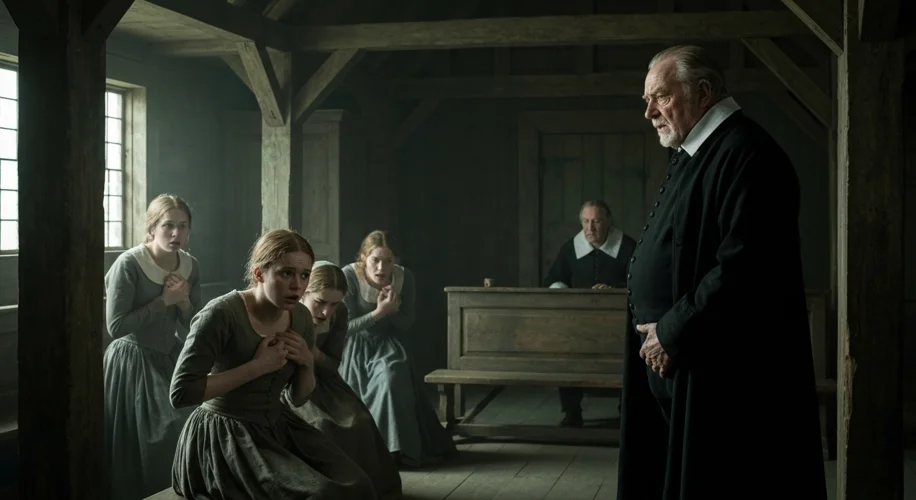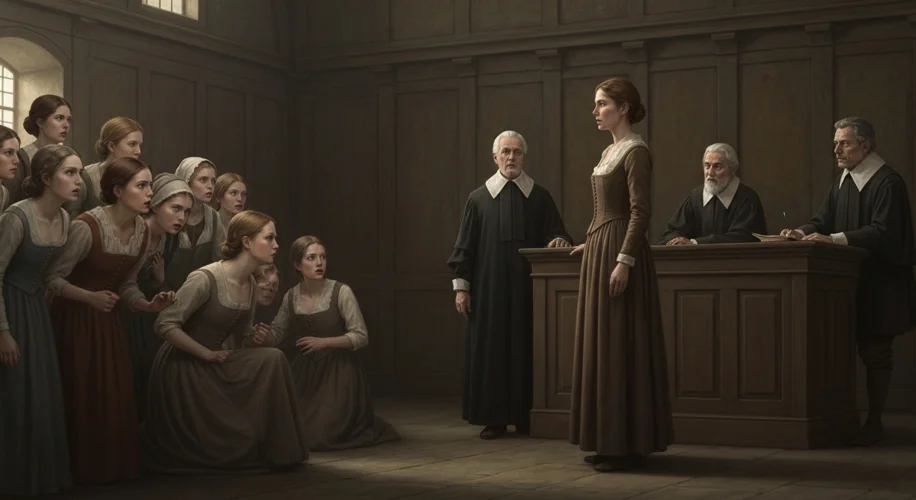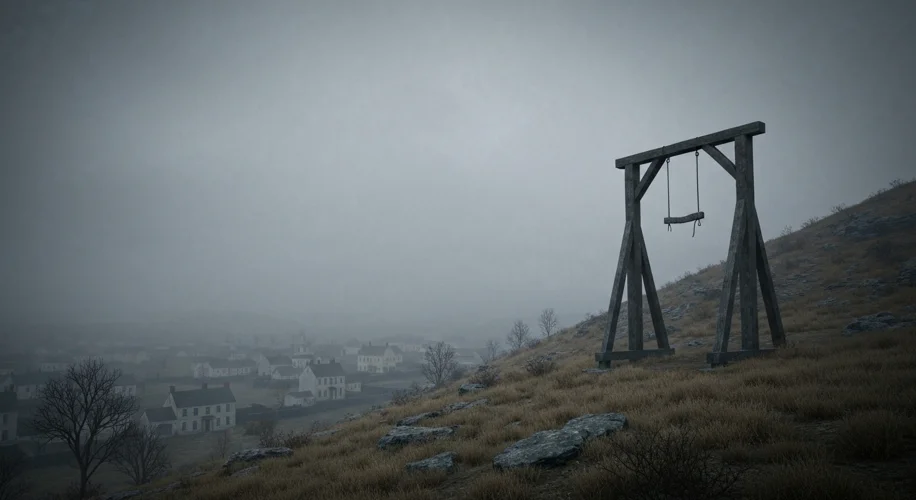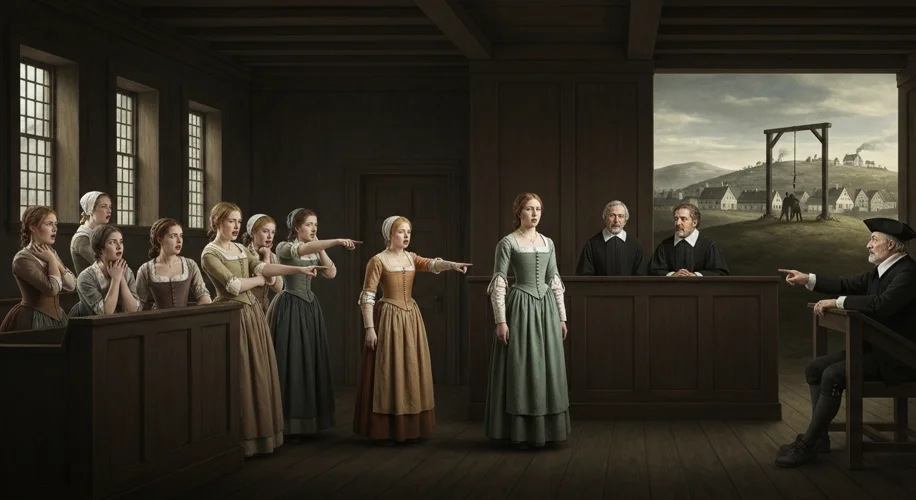The biting Massachusetts winter of 1692 offered little comfort to the residents of Salem Village. In this small Puritan community, a chilling wave of accusations, fueled by fear and superstition, would soon engulf the colony, leading to one of the most infamous episodes in American history: the Salem Witch Trials.
It began innocuously enough, in the parsonage of Reverend Samuel Parris. His daughter, Betty Parris, and niece, Abigail Williams, along with several other young women, began exhibiting strange afflictions. They contorted their bodies, screamed incoherently, and claimed to be tormented by invisible forces. The local physician, Dr. William Griggs, diagnosing them with “the evil hand,” pronounced that they were bewitched. This diagnosis, in a society deeply rooted in Calvinist beliefs where the devil was a tangible presence, was a terrifying pronouncement.

The first to be accused were those on the fringes of society: Tituba, a Carib Indian enslaved by Parris; Sarah Good, a homeless beggar; and Sarah Osborne, an elderly, ailing woman. Their marginalized status made them easy targets. Under intense pressure, Tituba, likely fearing for her life, confessed to witchcraft, weaving a fantastical tale of spectral riders, black cats, and pacts with the devil. Her confession, however sensational, served as a catalyst, validating the girls’ claims and opening the floodgates for more accusations.
The accusations soon spread, ensnaring individuals from all walks of life, including Rebecca Nurse, a respected elderly woman, and Bridget Bishop, an outspoken woman known for her defiant spirit. The accused were subjected to grueling examinations, often in public, where their accusers would writhe and scream, pointing fingers and claiming to see the specter of the accused afflicting them. The legal proceedings, notoriously lacking in due process, relied heavily on spectral evidence – the unverified claims that the accused’s spirits were tormenting the victims. This form of evidence, though later condemned, was readily accepted in the feverish atmosphere of Salem.

The trials were overseen by magistrates like John Hathorne, grandfather of the famed author Nathaniel Hawthorne, who would later grapple with the legacy of his family’s involvement. The accused, if they confessed, were often spared execution, but those who maintained their innocence and pleaded not guilty were typically condemned. This created a grim dilemma: confess to a lie and live, or maintain truth and face the gallows.
By the time the hysteria began to wane, twenty people had been executed: nineteen were hanged on Gallows Hill, and one man, Giles Corey, was pressed to death under heavy stones for refusing to enter a plea. Several others died in prison. The sheer volume of accusations and the swiftness of the convictions sent shockwaves through the colony. Many prominent citizens began to question the proceedings, noting the increasingly dubious nature of the accusations and the testimonies of the afflicted girls.

The tide began to turn in May 1693 when Governor Sir William Phips, perhaps influenced by his own wife’s near-accusation or growing public outcry, ordered a halt to the use of spectral evidence and pardoned those still imprisoned. The damage, however, was done. The Salem Witch Trials left an indelible scar on the American psyche, serving as a stark reminder of the dangers of mass hysteria, religious extremism, and the fragility of justice when fear reigns supreme. It prompted a re-evaluation of legal practices and underscored the importance of due process, a lesson that continues to resonate through the centuries.
The legacy of Salem is complex. It is a cautionary tale about the perils of unchecked accusations and the devastating consequences of allowing fear and superstition to override reason and compassion. The events of 1692-1693 remain a somber chapter, a powerful testament to the human capacity for both profound cruelty and, eventually, for reflection and change.

